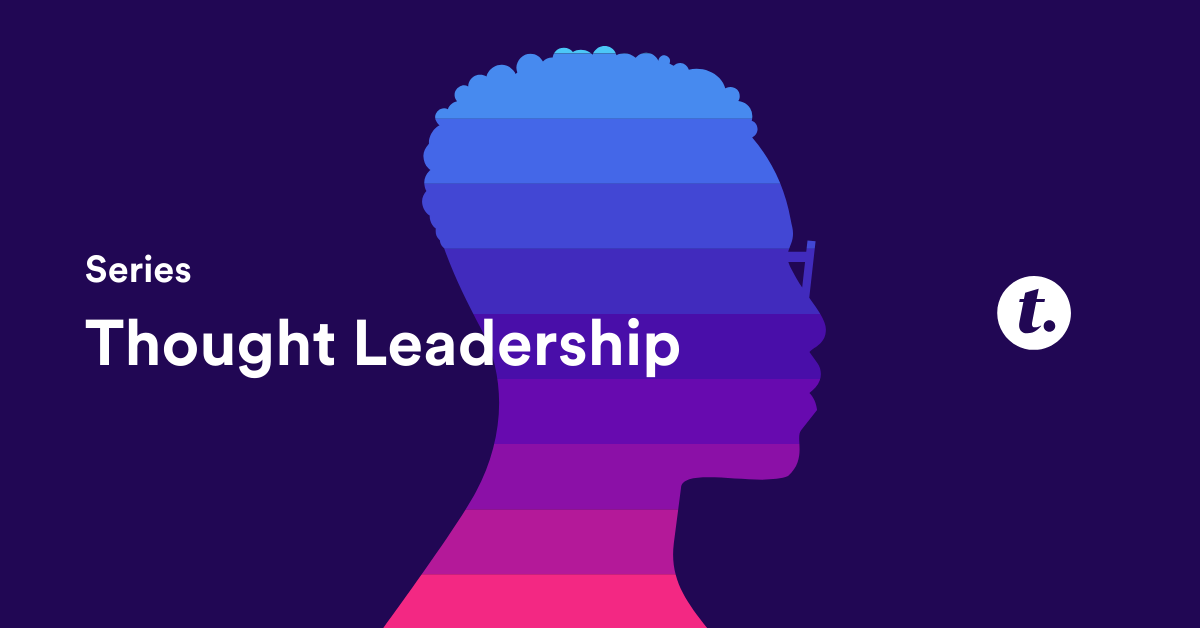
As the 2025 presidential administration begins its term, political tensions remain high. National elections had dominated headlines, while state and local elections throughout last year were equally divisive, fueling polarization. This political polarization didn’t just affect public discourse; it spilled into the workplace, creating communication, collaboration, and trust challenges.
Political division is seen by many as a serious problem, with nearly eight in ten Americans agreeing that political hostility is a significant issue, according to Ipsos. In fact, research shows that three out of four Americans long for a less divided, more united country. However, achieving this goal in a climate of political hostility requires more than hope—it demands tangible skills and strategies for bridging our differences, particularly in the workplace. A substantial 71% of Americans report avoiding political conversations at work in an attempt to steer clear of conflict, yet avoiding these difficult conversations is not a long-term solution. We must learn to navigate these divides constructively to foster harmony and cohesion.
Humanize, don’t categorize: Viewing coworkers as individuals rather than representatives of a political group fosters personal connections and reduces perceived threats.
Why Polarization Persists in Workplaces
The rise of polarization in the workplace is rooted in broader societal trends. As highlighted by Justin Gest’s What Promotes Pluralism report, demographic changes and ideological sorting into increasingly distinct political groups exacerbate divisions. Gest explains that while the racial, ethnic, and religious changes shaping the U.S. are manageable, the ideological sorting of demographic groups into identity-aligned political coalitions is far more intractable. This division intensifies partisan hostility, making collaboration and compromise more difficult in government and everyday professional settings.
Selective media consumption and echo chambers compound these challenges. Employees with pre-existing biases reinforced by social media algorithms and partisan news outlets enter the workplace. These factors create an environment where differing perspectives are viewed as threats rather than opportunities for dialogue. Consequently, polarization infiltrates professional relationships, making it harder for teams to function cohesively.
The High Stakes of Workplace Polarization
The cost of polarization is significant. Relationship and process conflicts, driven by political differences, disrupt team cohesion, productivity, and morale. Dr. Taya R. Cohen of Carnegie Mellon University underscores how political hostility often carries an emotional weight that transcends task-related disagreements, leading to resentment and animosity. These tensions not only harm interpersonal dynamics but also reduce organizational effectiveness.
Karen Jehn’s research on workplace conflict reveals that while task conflict—focused on the content of work—can spur innovation, relationship and process conflicts are universally damaging. Teams mired in these types of conflicts experience diminished trust, impaired problem-solving, and increased employee turnover. Moreover, as Amy Edmondson’s concept of psychological safety demonstrates, environments where employees feel unsafe expressing their opinions inhibit creativity and engagement.

Strategies for Bridging Divides
Addressing polarization requires a proactive approach. Juliana Tafur, Program Director at the Greater Good Science Center, highlights five research-backed skills that can help colleagues bridge their differences:
- Humanize, Don’t Categorize
Viewing coworkers as individuals rather than representatives of a political group fosters personal connections and reduces perceived threats. Recognizing the humanity in each colleague creates opportunities for empathy and understanding. - Find Shared Identities
Discovering commonalities—whether it’s being parents, sports fans, or from the same region—helps colleagues connect beyond political affiliations. These shared identities build trust and rapport, laying the groundwork for effective collaboration. - Understand Their Values
Exploring what shaped a coworker’s views fosters empathy and enables meaningful dialogue. Employees can approach disagreements with curiosity rather than judgment by understanding the “why” behind someone’s beliefs. - Listen with Compassion
Feeling heard during disagreements reduces defensiveness and fosters open-mindedness. Tafur emphasizes that compassionate listening transforms tense conversations into opportunities for connection. - Establish Mutual Goals
Shared objectives replace distrust with cooperation. Teams aligned on mutual goals—whether completing a project or solving a challenge—can transcend ideological divides and focus on collective success.
Political division didn’t just affect public discourse; it spilled into the workplace, creating communication, collaboration, and trust challenges.
These simple yet transformative strategies equip teams with tools to navigate conflict and build unity.
The Role of Empathy and Compassion in Connection
Empathy and compassion are critical for reducing polarization and fostering connection. Studies by Daniel Batson and Nancy Eisenberg highlight the far-reaching impact. Empathy allows individuals to understand and share others’ emotions, while compassion motivates them to alleviate suffering. Individuals with high levels of empathy are more likely to help others, even at their own personal cost. Compassion similarly enhances workplace culture, reducing burnout, increasing job satisfaction, and fostering teamwork. Together, these qualities create environments where trust and collaboration thrive.
One way to amplify the power of empathy and compassion is through storytelling. Sharing personal experiences humanizes individuals, breaking down stereotypes and encouraging deeper connections. According to Tafus, a University of Pittsburgh study found that learning personal details about someone from an opposing political party increased perceptions of likability and relatability. This underscores the importance of storytelling in bridging divides.
Mindfulness: A Tool for Reducing Bias and Building Bridges
Mindfulness practices provide another powerful strategy for addressing workplace polarization. By cultivating moment-to-moment awareness, mindfulness helps individuals recognize and mitigate unconscious biases that influence their perceptions of others.
Neuroscience research by Richard Davidson reveals the transformative effects of loving-kindness meditation, a practice focused on fostering concern for others. Participants engaged in this meditation experienced growth in empathy-related brain regions, demonstrating its lasting impact on interpersonal relationships.
University of San Francisco Rhonda Magee’s “Insight Dialogue” integrates mindfulness into communication. This practice encourages participants to pause, reflect, and listen deeply before responding, fostering environments where honest and empathetic dialogue can flourish.
Simple mindfulness exercises, such as focused breathing or mindful walking, can be easily incorporated into daily routines. These practices enhance emotional regulation, reduce reactivity, and promote open-mindedness, creating a foundation for constructive engagement.
Tackling Misinformation and Building Trust
Beyond interpersonal strategies, addressing misinformation is critical for reducing polarization. According to Ipsos, over 65% of Americans believe that creating more trustworthy sources of information would significantly help bridge divides. Organizations can contribute to this effort by fostering transparent communication and providing employees with resources to identify and counteract misinformation.
Workplaces prioritizing trust-building and interpersonal skills like compassionate listening and storytelling can model unity and resilience in a divided society.

Practical Steps for Leaders
Leaders play a crucial role in bridging workplace divides. Dr. Linda Tropp’s research emphasizes the importance of repeated, meaningful intergroup contact for reducing prejudice and improving team cohesion.
Practical strategies for leaders include:
- Continuous Collaborative Projects: Assigning long-term initiatives that require teamwork among diverse groups fosters trust and mutual respect.
- Recurring Team Activities: Regular workshops and activities encourage ongoing engagement and connection.
- Tailored Diversity Initiatives: Programs aligned with team goals and interests enhance relevance and effectiveness.
These initiatives should be complemented by feedback mechanisms that allow employees to reflect on their experiences and progress. Leaders must also model empathy and compassion, demonstrating the behaviors they want to see within their teams.
Taking Action Today
Organizations looking to foster connection can start with small, impactful steps. Initiatives like the Greater Good Science Center’s 7-Day Campaign for Connection Challenge provide practical tools for cultivating empathy and collaboration. Mindfulness practices and skills like active listening and storytelling equip employees to navigate differences constructively.
A Call to Invest in Unity
Incorporating these strategies reduces conflict and fosters a work environment where diversity of thought is seen as an asset rather than a liability. In today’s polarized climate, workplaces have an opportunity to become beacons of unity and hope.
Now more than ever, it’s time to invest in the skills and practices that bridge divides, benefit workplaces, and strengthen society. Organizations can pave the way for a more inclusive and united future by fostering empathy, compassion, and connection.
About The Author

Amira K.S. Barger, MBA, CVA, CFRE is the EVP and Head of DEI Communications at Edelman. She is a strategic communications & marketing counselor working at the nexus of health equity, DEI, and employee engagement to aid organizations in addressing society’s most pressing public issues. Hear Amira speak at Transform 2025!
Read more from Amira Barger:
Bridging DEI Confidence and Information Gaps: Empowering Middle Managers to Drive DEI Success
Meet Amira and join us in engaging conversations and community as we transform the now and next of work together at Transform 2025.
